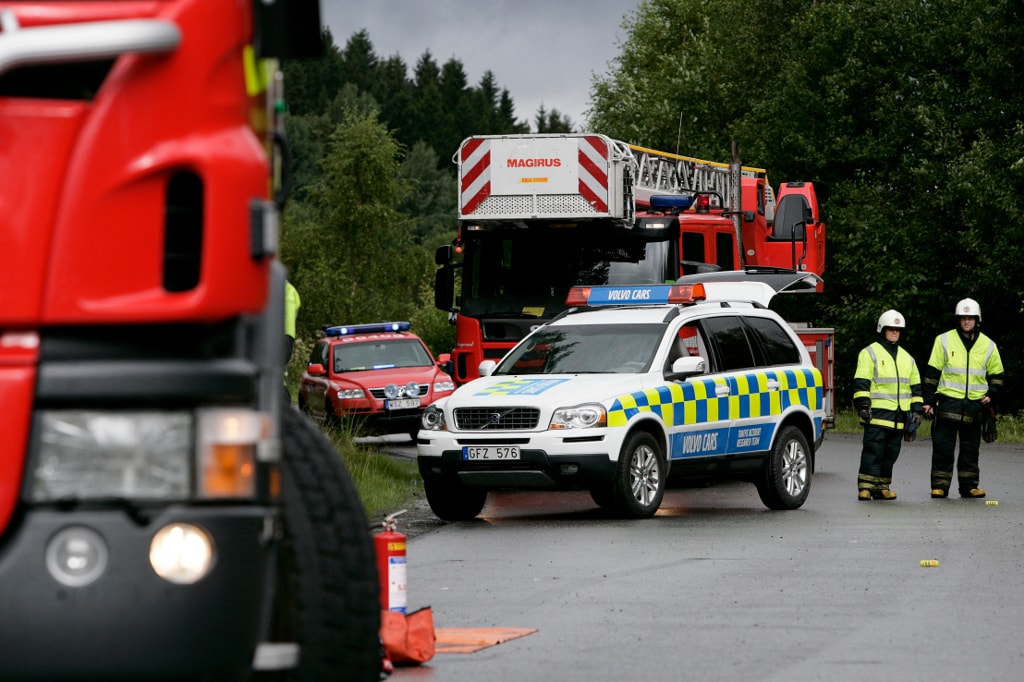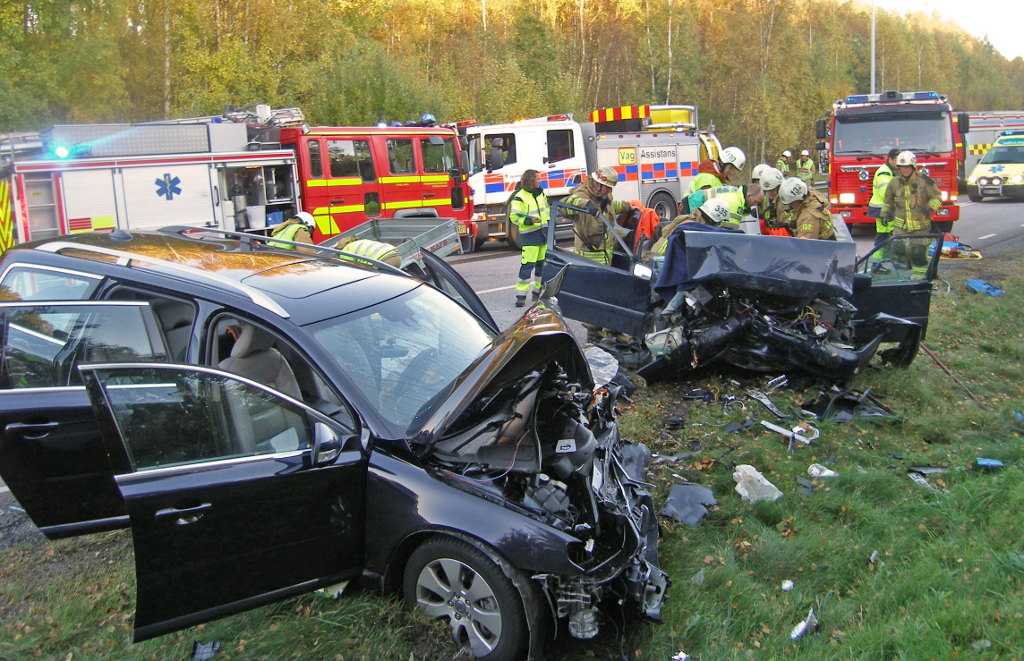Sharing an anniversary with the Volvo Cars Safety Centre, which is celebrating its tenth birthday, the Accident Research Team at Volvo Cars is also four decades in safety research. The Swedish manufacturer launched this special unit to measure the effects of the safety belt in traffic accidents, a few years after Volvo engineer Nils Bohlin had invented the three-point safety belt.
Volvo wanted to develop better and safer products in the future, and realized the importance of understanding exactly what happens to the car's occupants and the car itself in the course of an accident.
"We have to assume that our customers don't always do what we expect them to do. They respond differently to various situations. That is why we need to understand the driver's behaviour and how it influences the sequence of events in a real-life accident," explains research unit member John Fredrik Grönvall.
The Accident Research Team at Volvo primarily follows two main tracks. Firstly, in-depth studies of individual accidents that provide insight into how a car's protective systems behave and how the people involved are injured.
Secondly, it follows broad-based statistics that make it possible to chart the likelihood of a certain type of accident occurring. The information that is collected is analyzed by staff at the Volvo Cars Safety Centre, by specialists at the engineering departments and by medical experts.
Since the unit started operating, information from about 40,000 accidents involving Volvos has been gathered and 2100 in-depth analyzes including comprehensive documentation have been conducted. This forms a valuable database that provides input for the development of new products.
Volvo wanted to develop better and safer products in the future, and realized the importance of understanding exactly what happens to the car's occupants and the car itself in the course of an accident.
"We have to assume that our customers don't always do what we expect them to do. They respond differently to various situations. That is why we need to understand the driver's behaviour and how it influences the sequence of events in a real-life accident," explains research unit member John Fredrik Grönvall.
The Accident Research Team at Volvo primarily follows two main tracks. Firstly, in-depth studies of individual accidents that provide insight into how a car's protective systems behave and how the people involved are injured.
Secondly, it follows broad-based statistics that make it possible to chart the likelihood of a certain type of accident occurring. The information that is collected is analyzed by staff at the Volvo Cars Safety Centre, by specialists at the engineering departments and by medical experts.
Since the unit started operating, information from about 40,000 accidents involving Volvos has been gathered and 2100 in-depth analyzes including comprehensive documentation have been conducted. This forms a valuable database that provides input for the development of new products.

